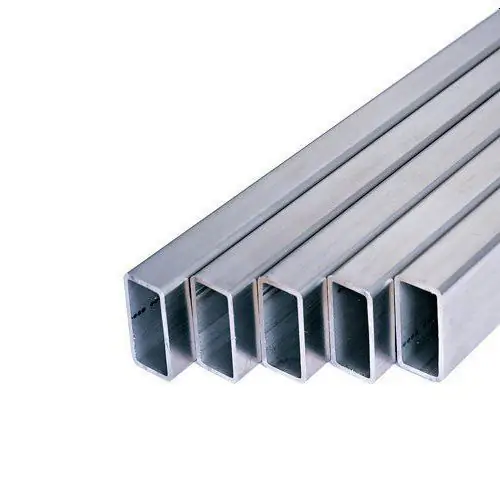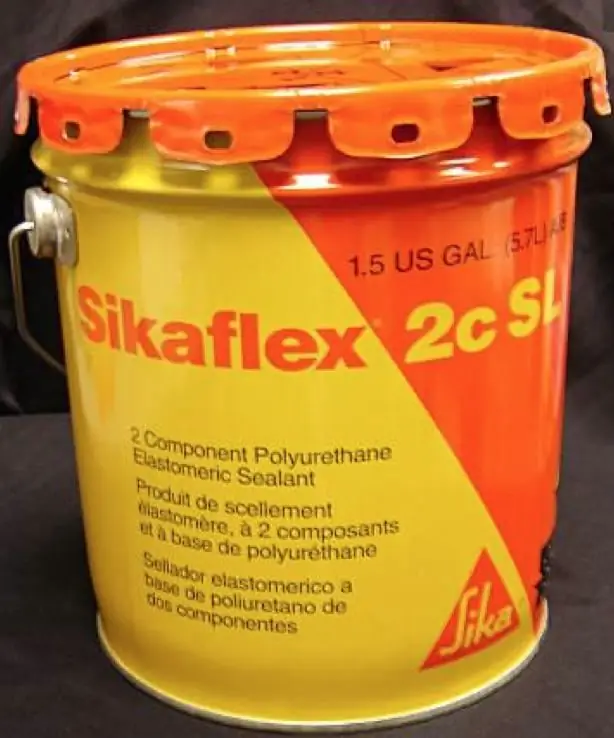2026 Author: Howard Calhoun | [email protected]. Last modified: 2025-01-24 13:10:26
Hundreds of thousands of kilometers of highways are built and repaired every year. New construction, as a rule, is carried out taking into account modern loads and using new technologies, but the repair of the existing roadbed, the so-called patching, is often carried out by outdated unproductive methods.

The end result is of poor quality. Road geogrid is a modern cellular structure material used in road repair. The technologies that use this material are distinguished by the high quality of the work performed.
Application of road geogrid
Construction of new and repair of existing roads for various purposes is the main industry where the road geogrid is used. Laying, depending on the technology, can be carried out in all layers of the road surface. The main purpose of the road geogrid:
- Reinforcement of sections during repairs. The geogrid is placed over the damaged area of asph alt and a new pavement is placed on top of it. The structural properties of the grid prevent the new coating from coming into contact with the cracks in the old one. In this case, the layer assumes most of the horizontalvoltage.
- Dents and ruts can form on the roadway in places of the greatest loads. When repairing, the geogrid is laid in recesses on top of the poured asph alt concrete. This allows you to distribute the load evenly over the entire area, preventing the formation of new dents.
- Laying the geogrid in the pavement is carried out when pairing various types of pavements (for example, asph alt and cement-concrete) to prevent cracking.

- Reinforcing seams between concrete slabs. When applying an asph alt coating on a base of concrete slabs, weak spots are formed at the joints, on which a road geogrid is laid to reinforce the canvas.
- When the road is widened, cracks may form at the junction of the existing and new pavement. To prevent this, the joint is reinforced with a geogrid.
- Modern technologies often provide for preliminary soil reinforcement. For this, a road geogrid is also used. The use of a reinforcing layer in the construction of a roadway is an integral part of the technological process.
Types of geogrids and their properties
The type of geogrid determines its application. In addition to the material and cell size, the material is distinguished by the method of formation: biaxial (double orientation) and uniaxial (monooriented). Biaxial products with rectangular cells are designed for road construction, including on soft soils. Dual orientation geogrids gooddistribute the load, which contributes to an increase in the service life. Uniaxial interlayers of elongated cells have high tensile strength, excellent for strengthening soils, landslide areas and heap abutments.
Asph alt concrete reinforcement products
Road geogrid for reinforcing asph alt concrete allows you to distribute local external loads throughout the entire volume of the nearby canvas. This material is used to extend the life of concrete-based highways, which are becoming more and more every year. This mesh also distributes internal stresses due to shrinkage of gradually hardening concrete.

Reinforcement of concrete with metal mesh is short-lived and expensive. Fiberglass and polymer geogrids are a cheaper alternative to metal reinforcement and at the same time have all the necessary characteristics:
- The material of such products is chemically inert, not affected by temperature changes and the alkaline environment of concrete.
- Has a unique ability to distribute local loads.
- Light weight, long life, easy installation and affordable.
The base used in road construction is treated with bitumen to improve performance.
Geogrid for road construction
The road surface is daily subjected to loads from traffic flows, which inevitably leads to its destruction andformation of pits, potholes and cracks. The main reason for this is insufficient ground preparation. The geogrid of the pavement improves the strength characteristics of the asph alt concrete pavement, tensile strength and optimizes the perception of horizontal stresses.

The use of such materials both in the construction of new roads and in the repair of existing ones can significantly improve performance and increase the life of the pavement. The use of a geogrid for road construction in combination with geotextiles makes it possible to reduce the required volume of non-metallic bulk materials during the construction of a road, which will significantly reduce the cost of the project without changing the quality of the structure.
Polymer geogrids
The road geogrid of polyester fibers with a polymer coating is made using thread knitting and stitching technology. This allows you to maintain the original high strength of the material. The structure of the geogrid is fixed cells with a size that is larger than the material they are filled with. Due to this, the backfill interacts with the base (soil, rock, other base made of materials used in construction).

Polymeric materials are used as a reinforcing layer in the lower layers of the road base. The use of polymer meshes in road structures makes it possible to strengthen the road base and prevent the interpenetration of materials from different contact layers. Strengthening is achieved throughlimiting the movement of granules of bulk base material outside the cell. The formed composite layer (geogrid + granular material) has increased resistance to dynamic loads.
Fiberglass Products
Fiberglass-based geogrids are used as reinforcing elements and protective separating layers in the construction and repair of federal and regional highways, airfields, bridges and overpasses. The use of fiberglass meshes for reinforcing asph alt concrete pavements makes it possible to increase the service life between repairs by 2-3 times. The cost of maintaining roads in regions where fiberglass geogrids are actively used has been reduced by 40%. Such materials have high technical and physical properties: resistance to aggressive environments, the ability to withstand high transverse and longitudinal loads. Fiberglass geogrids significantly improve the strength and mechanical characteristics of reinforced elements.
Production
Today, the following main types of geogrids are produced:
- extruded polymer;
- glued fiberglass;
- stitched nets made of polyester threads and fiberglass.

Modern technologies and equipment with a wide variety of production methods make it possible to produce geogrids with different properties, from different raw materials and with different attachments in the nodes. The main requirements for this are:
- resistance to naturalfactors;
- resistance to aggressive environments under operating conditions;
- UV resistance;
- resistance to dirt;
- strength and stability properties.
Material selection
From the variety of types of geogrids and their standard sizes, the choice should be based on the purpose, the method of forming cells and the type of raw material. Interlayers are intended for reinforcement, separation of layers, erosion control, soil and foundation planning. Having decided on the purpose, you need to choose a specific type of geogrid and its standard size. Depending on the properties of the raw materials, the characteristics of the material are selected, which can be resistant to hydro-, bio-, thermal and chemical effects.
Recommended:
Duralumin is a high-strength aluminum-based alloy with additions of copper, magnesium and manganese: properties, production and application

What is duralumin? What are the features of duralumin alloy? Technical and quality indicators of the alloy. A variety of products from this metal and their scope
Two-component polyurethane sealant: definition, creation, types and types, characteristics, properties and nuances of application

With long-term and high-quality sealing of seams and cracks, polyurethane two-component sealants have found their wide distribution. They have high deformation and elastic properties, therefore, they can be used as butt sealants in the field of repair and housing construction
Road tax in Belarus. Road tax in Belarus

Two years ago, the transport tax in Belarus went up. In the period 2014-2015. the base value, on the basis of which this type of fee is calculated, increased by 20%, i.e. from 150 thousand BYR (Belarusian rubles) to 180 thousand. In this regard, many car owners have a natural question: will the road tax in Belarus rise in price in the new year 2016?
How to pay taxes online. How to find out and pay transport, land and road tax via the Internet

Federal Tax Service, in order to save time and create convenience for taxpayers, has implemented such a service as paying taxes online. Now you can go through all the stages - from the formation of a payment order to the direct transfer of money in favor of the Federal Tax Service - while sitting at home at your computer. And then we will take a closer look at how to pay taxes online easily and quickly
Modern durable and high quality material G10: description, properties and application

People have been using knives as household tools for a very long time. With the passage of time and the improvement of technology, more and more new substances were used to create this tool. To date, the G10 material has become a new word in the creation of these things

